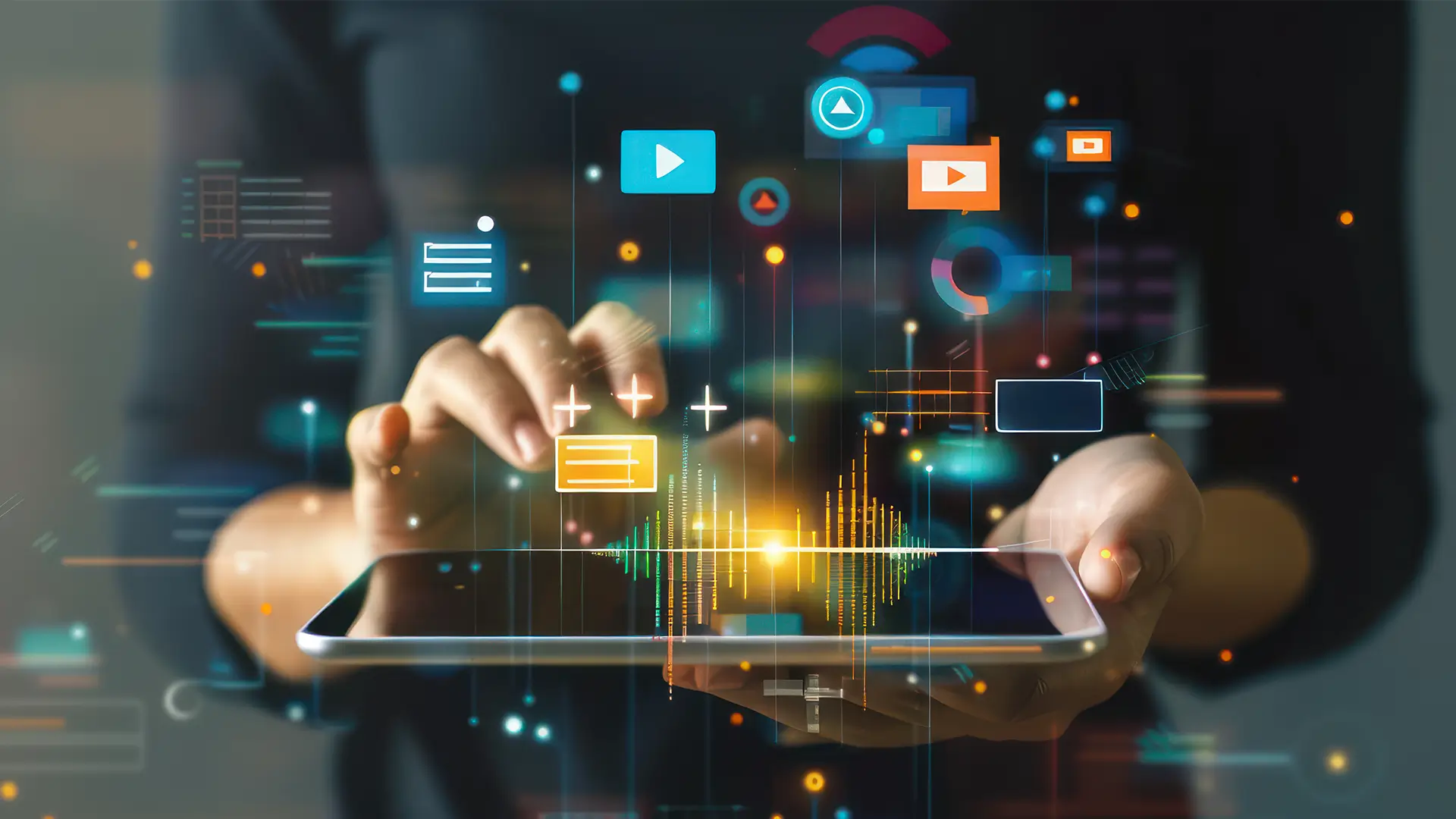AI-Powered Key Takeaways
Digital transformation has changed the user journey of potential customers for cars but has the technological advancement been on par with that of phones? Based on what we’ve heard, the answer is definitely no! We have come a long way from using keys on our phones to touch screens to where we now just need to shout out commands to our phones to get things done — and this has happened in a span of just 7-10 years.
A high tech in-car user experience comes with many challenges, yet this is the most popular demand of consumers today. Many consumers have become so accustomed to the comforts of life enriched by the advances of mobile technology that they now expect the same experience in their automobiles too.
HeadSpin is improving testing efficiency and effectiveness for leading auto OEMs. Know more!

Some of the main challenges faced by car manufacturers looking to meet customers’ digital experience needs inside their cars are:
- Vehicle app: Automakers design and provide the vehicle control mobile app as a means to monitor and control the vehicle. However, these apps continue to fall short of expectations compared to their consumer peers. For example, in many cases vehicle lock/unlock function takes as much as several minutes to get executed and reported. Similarly, the remote start function continues to be spotty.
- Infotainment system: Until a few years ago, vehicle manufacturers were using proprietary infotainment systems with heavy customization by building several frameworks on top of generic OS like Linux or QNX. This required significant investment for the development of custom software to turn into fully functional infotainment systems.
- UX infotainment system: Long design cycles, and often rigid and unintuitive human-machine interfaces (HMIs) and control functions result in product features that are not on par with phone-based apps when a new vehicle is being driven out of the dealer’s lot. As a result, new car owners are disappointed with their vehicles’ navigation systems which are too often riddled with complex menus, bungled voice commands and general lack of intuitiveness.
Checkout: HeadSpin's in-vehicle infotainment system testing Solution
Table 1 below outlines the most common functions covered by vehicle control apps.

While we highlight these problems, we also propose a robust solution for all these new age challenges. HeadSpin, a Digital Experience AI platform, addresses the unmet need for a global testing, performance monitoring, and QoE management to help vehicle apps and the infotainment system assure optimal digital experiences. Here’s how we do this:
- Vehicle app performance testing to mirror the expected performance customers have with their most used phone apps. This helps reduce the time it takes for vehicle apps to open, respond, and navigate through different tasks
- In-lab testing enables remote testing of the car in the development stage
- Drive testing enables additional automation and manual test cases of the test car in field scenarios
The HeadSpin platform is the gateway to standardizing a single framework for seamless product experience testing. By joining developers, QA engineers and even manual testers in an innovative AI-driven platform, HeadSpin helps to fulfill the consumer need for a better in-car user experience.
Interested in learning more about HeadSpin’s automotive technology and how it can elevate your customer’s digital experience? Talk to us here.
FAQs
1. What are the different types of automotive software testing environments?
- Performance Testing Environment
- User Acceptance Testing (UAT)
- System Integration Testing (SIT)
- Quality Assurance (QA)
- Chaos Testing
- Security Testing
- Alpha Testing
- Beta Testing
2. What is the use of AUTOSAR?
Automotive Open System Architecture (AUTOSAR) is an open, standard software architecture for automotive manufacturers. It assists in establishing a standard ECU software architecture for all AUTOSAR members and promotes uniformity in application software interfaces and fundamental vehicular operations.
3. What are the challenges in automotive software testing?
Testing automotive software applications present various challenges regardless of the project management methodology chosen by the software development teams. Moreover, as the automotive software requires complex high-intensity software testing, it places constant pressure on the automotive industry. Some of the challenges are;
- Need for the presence of the automobile in the test environment
- Incompatibility issues
- Maintenance of vehicle registrations
- Emulating testing environment
4. What are the different automotive software testing use cases that HeadSpin helps test?
HeadSpin’s Automotive Testing Solution helps in a variety of critical use cases with its exclusive features such as:
- Infotainment Testing for End User Experience Monitoring
- Blue Finger: Innovative automation enabler for increasing coverage
- Phone as a Key (PaaK)
For more information, please check out HeadSpin’s Automobile Testing Solution.


























.png)
























-1280X720-Final-2.jpg)






